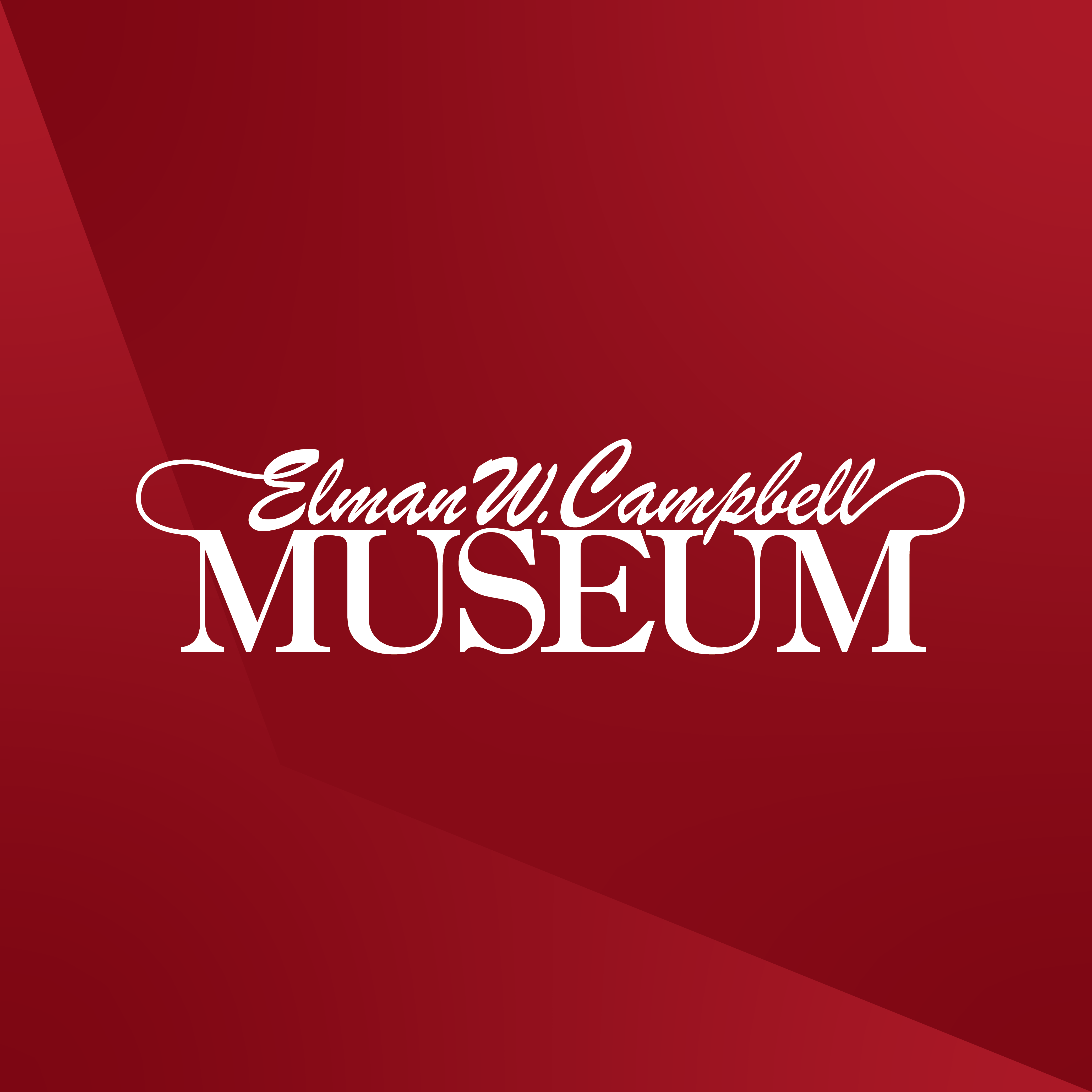
National Indigenous History Month Exhibit at Elman W. Campbell Museum
June 2025
Elman W. Campbell Museum (134 Main Street South)
Tuesday to Saturday | 10 a.m. to 12 p.m. & 1 to 4 p.m.
Free Admission
Join us for National Indigenous History Month, come to the Elman W. Campbell Museum to help us honour the Indigenous Peoples of Canada by learning about Indigenous history. The Museum will present the three Indigenous groups in Canada – First Nations, Inuit, and Metis through Creation Stories, Grandfather Teachings, Medicine Wheel and other traditions. Included in the exhibit, will be traditional artwork, artifacts, and hands on activities.
School groups are welcome to contact the Museum at [email protected] or call 905-953-5314 for more information about booking an onsite program.
Click the button below to learn more about exhibits and programs at the Elman W. Campbell Museum
